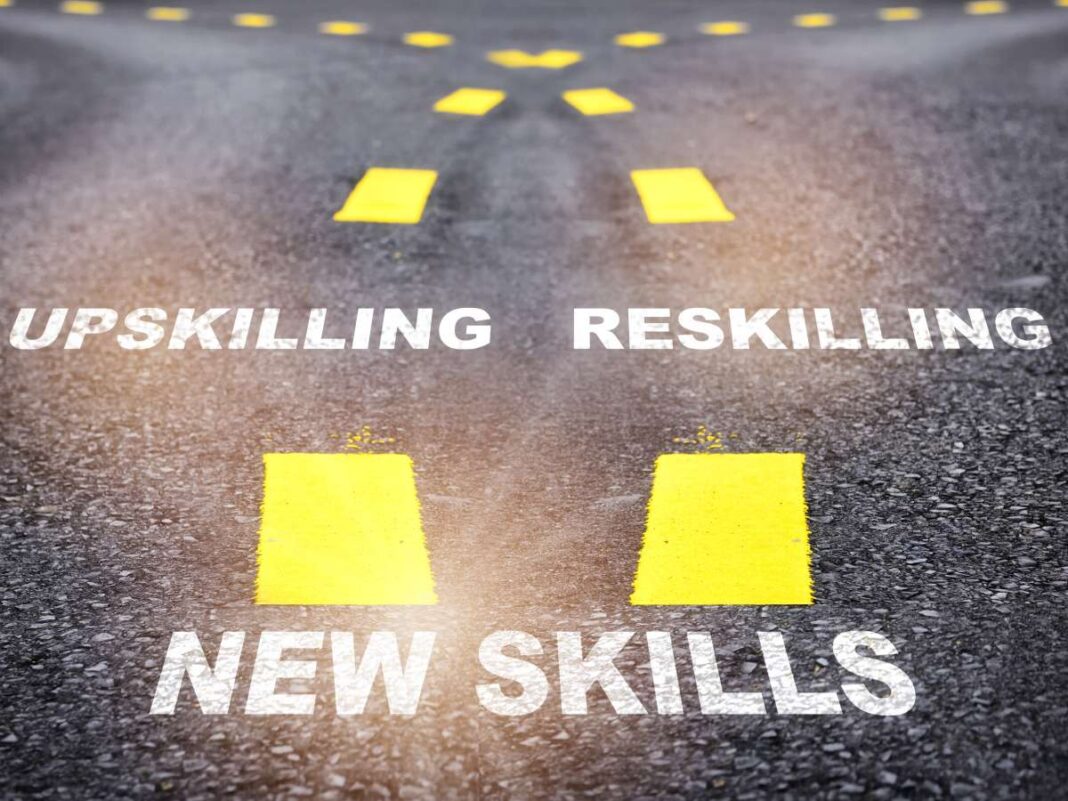In an era defined by rapid technological advancements and shifting industry demands, the workforce must evolve to keep pace. Continuous learning through upskilling and reskilling has become essential for professionals aiming to stay relevant and competitive. Not only does it empower individuals to adapt to change, but it also enables organizations to foster growth, innovation, and resilience in a fast-changing market.
The Necessity of Lifelong Learning
The digital age has transformed the nature of work. With technologies like automation and artificial intelligence (AI) altering job requirements, many skills are becoming obsolete while new ones emerge. To navigate this landscape, professionals must embrace lifelong learning.
Understanding Upskilling and Reskilling
Upskilling involves enhancing existing skills to meet industry demands. For instance, a marketing specialist might learn advanced digital marketing techniques to improve performance in their current role. On the other hand, reskilling is about acquiring entirely new skills to transition into a different role or sector, such as a factory worker learning to operate new software systems. These strategies are crucial as they not only preserve job relevance but also drive personal and organizational growth.
Benefits for Individuals and Organizations
Embracing upskilling and reskilling offers numerous benefits:
- Career Growth and Job Security: Professionals who invest in continuous learning can adapt more seamlessly and stay relevant in their fields. This not only opens doors to promotions and leadership positions but also reduces the likelihood of job loss due to automation or restructuring.
- Enhanced Employee Engagement and Retention: Companies that invest in employee development fill skill gaps and enhance engagement. A LinkedIn Learning study found that 94% of employees would stay longer at companies investing in their career development.
- Innovation and Competitiveness: By fostering a culture of learning, organizations encourage innovation, flexibility, and competitiveness, ensuring they remain at the forefront of their industries.
Overcoming Challenges in Implementing Training Programs
Despite the clear benefits, organizations may face challenges when implementing upskilling and reskilling initiatives:
- Identifying Future Skill Needs: Determining the right skills required for future demands can be complex.
- Balancing Costs and Priorities: Allocating resources for training while managing other business priorities.
- Employee Resistance: Overcoming reluctance to change and building confidence among staff.
- Alignment with Business Strategy: Ensuring skill development aligns with organizational goals.
- Measuring Impact: Evaluating the success and return on investment of training programs.
- Time Constraints: Addressing the lack of time employees have for learning amidst their regular responsibilities.
- Equal Access to Resources: Providing all employees with the same opportunities for development.
- Engaging Learning Experiences: Designing programs that are relevant and motivating to encourage participation.
Strategies for Effective Upskilling and Reskilling
To effectively integrate these initiatives, organizations can adopt strategies such as:
- Career Pathing: Providing a structured approach for employees to map out their career development helps in identifying necessary skills for future roles. This encourages internal mobility and fosters a culture of growth.
- Leveraging Technology and Partnerships: Technology companies are investing heavily in training programs. For instance, Google announced a $75 million fund to provide grants for free AI training.
- Mentoring Programs: Structured mentoring can facilitate capability development. Mentors guide mentees in integrating learning into practical experiences, expanding knowledge, and preparing for future responsibilities.
Lifelong Learning as a Competitive Edge
Companies prioritize employees who can evolve alongside technological advancements and business needs. Commitment to continuous learning ensures long-term relevance, career progression, and personal fulfillment. Platforms like CareerLunch connect professionals with industry leaders for informal career conversations, offering insights into skill demands and expanding career horizons.
Conclusion
The pursuit of continuous learning through upskilling and reskilling is not just about professional advancement—it empowers individuals to adapt, innovate, and thrive in a rapidly changing workforce. Organizations that foster a learning culture and invest in employee development are better positioned to navigate the future, retain top talent, and maintain a competitive edge in their industries.
Professionals are encouraged to take proactive steps toward growth—such as enrolling in workshops, seeking mentorship, or learning new technologies—to embrace a mindset of lifelong learning. Organizations, in turn, should support this journey by providing resources, opportunities, and an environment that values and celebrates continuous development.


